Currently, urban areas in our country mainly use fixed, controlled lighting systems. According to statistics from the Department of Technical Infrastructure ( Ministry of Construction ), by the end of 2024, the urban lighting system from level III and above in our country will reach nearly 100% for main streets; about 95% for alleys and hamlets.
However, at the time when LED technology was not yet developed, many localities used and still use lighting types such as compact fluorescent, high pressure sodium, metal halide... for urban lighting purposes as well as other purposes.
Many high-rise buildings, shopping malls, service facilities, factories, workshops, signs, billboards using lighting... and privately owned buildings still use old technology lighting systems. Compared to LED lights, the above types of lighting have high power consumption, affect the environment and human health, and have much higher emissions than LED lights.
Dr. Le Hai Hung, former lecturer at Hanoi University of Science and Technology, member of the Science and Technology Board of the Vietnam Lighting Association, said: Lighting engineering is a multidisciplinary science, including many fields such as electricity, electronics, physics, photometric engineering... To meet current requirements, people working in the lighting field need to be equipped with additional control techniques, artificial intelligence and understanding of environmental factors in lighting activities... Some recent studies show that light has an important impact on visual health and stimulates the development of cancer cells if people work for a long time in an unsafe lighting environment. Studies on vision have explained the mechanism of light's effects by stimulating photosensitive cells in the retina, which are cone cells for daytime vision and rod cells at night. On that basis, appropriate lighting solutions are proposed that do not affect vision. In addition, another impact of light on health is that the short-wavelength, high-energy light spectrum causes skin pigmentation, skin aging, and stimulates cells that cause skin cancer.
The 4.0 scientific and technological revolution, the process of creating smart cities and using safe, economical, efficient, environmentally friendly energy, towards Net Zero, shows that urban lighting and lighting control activities need to meet the requirements. Studies on lighting safety show that integrating Internet of Things (IoT) technology into lighting systems helps control lighting effectively, significantly saves energy and reduces harm to health and the environment.
At Rang Dong Light Bulb and Vacuum Flask Joint Stock Company (Rang Dong Company), according to Associate Professor, Doctor of Science Nguyen Van Minh, Chief Consultant on digital transformation of the company, the company has researched and developed "IoT lighting solution", including technology to control and monitor the entire system remotely; control the entire or local system, change light intensity; manage the system in real time on GIS map; automatically report errors... In particular, this solution can operate independently even when losing connection with the control center.
Some models implemented by this unit in Ho Chi Minh City and Ben Tre show savings of 70-80% in management, operation and electricity costs. Meanwhile, environmental emissions are reduced and management and social efficiency are positively recognized.
Urban lighting is one of the important factors in forming a smart, modern city, especially in the context of Vietnam's commitment at the United Nations Climate Change Summit in 2021 to achieve the goal of net zero emissions by 2050.
Therefore, towards a smart, modern, and friendly urban environment, urban lighting activities in the coming time need to contribute to the development of a sustainable, synchronous, and smart urban system, minimizing and gradually bringing net emissions to zero.
According to experts in the field of urban lighting, it is necessary to synchronously implement solutions on the application and deployment of lighting technology to save energy, bring high efficiency and be environmentally friendly.
It is necessary to apply smart and automated management solutions; research and apply green energy and renewable energy solutions; have mechanisms to encourage the socialization of economic sectors to participate in the development of urban lighting systems; have regulations on emission limits and strengthen control of lighting activities that cause pollution, do not ensure urban aesthetics and are harmful to human health. The State needs to have policies on management in investment and development of effective urban lighting systems; at the same time, have regulations, mechanisms and policies on socialization of investment, construction, renovation and operation of lighting systems.
Source: https://nhandan.vn/chieu-sang-thong-minh-than-thien-moi-truong-post868902.html


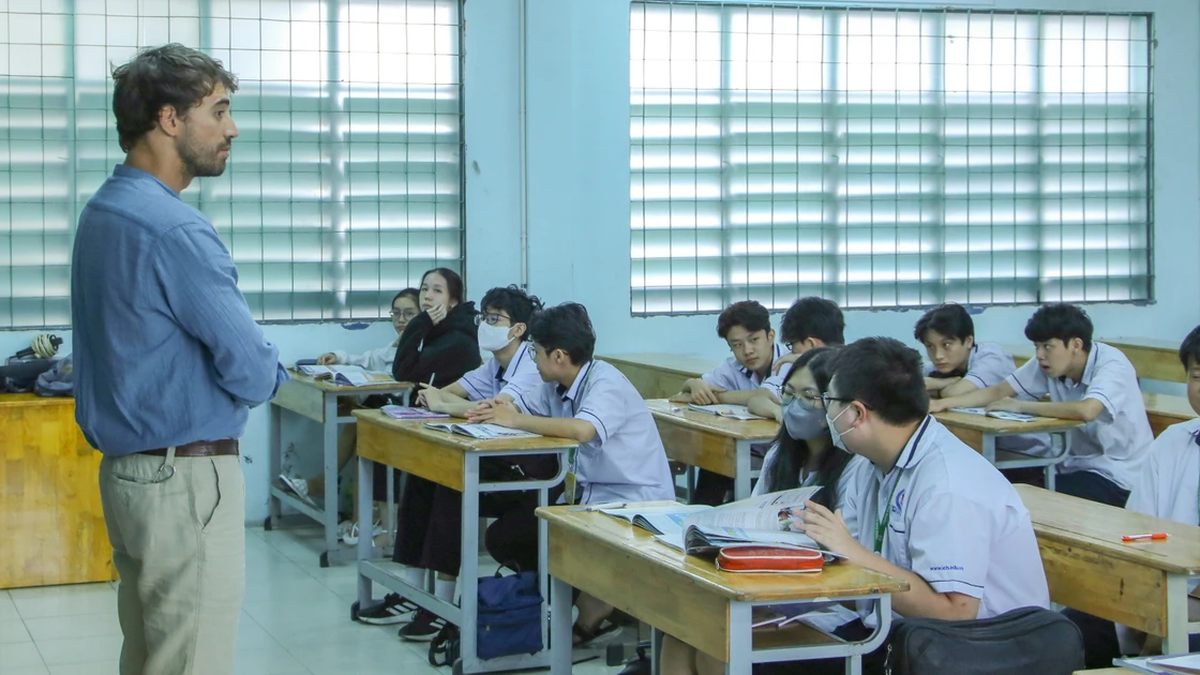
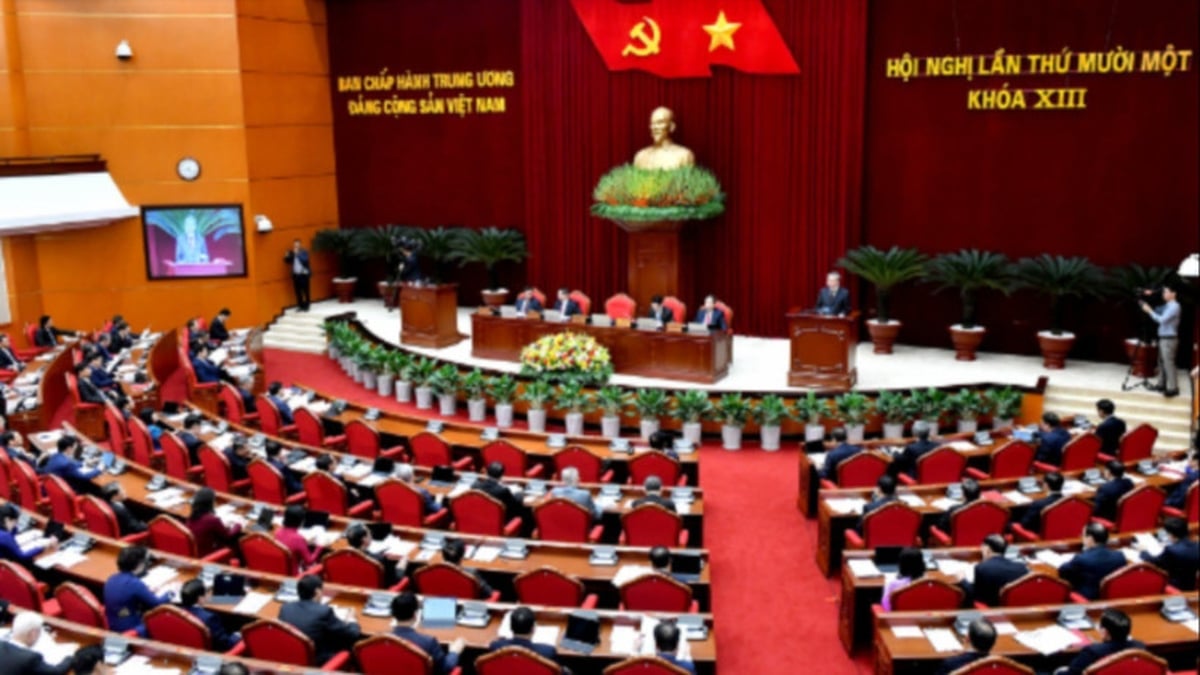
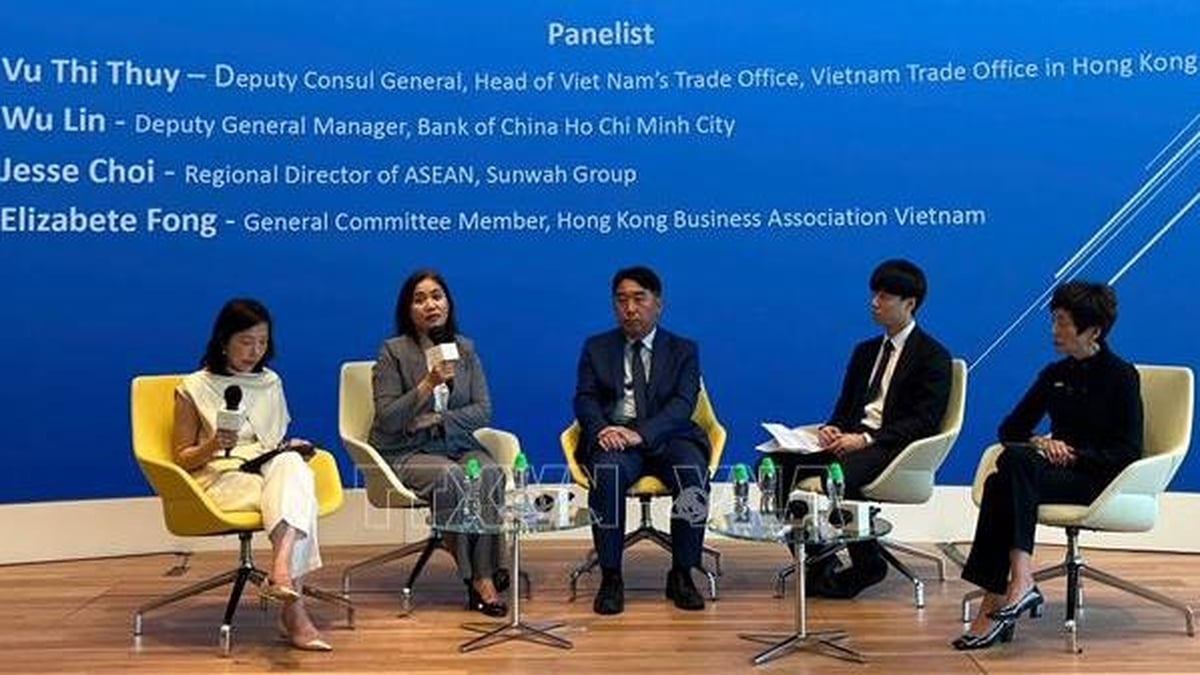


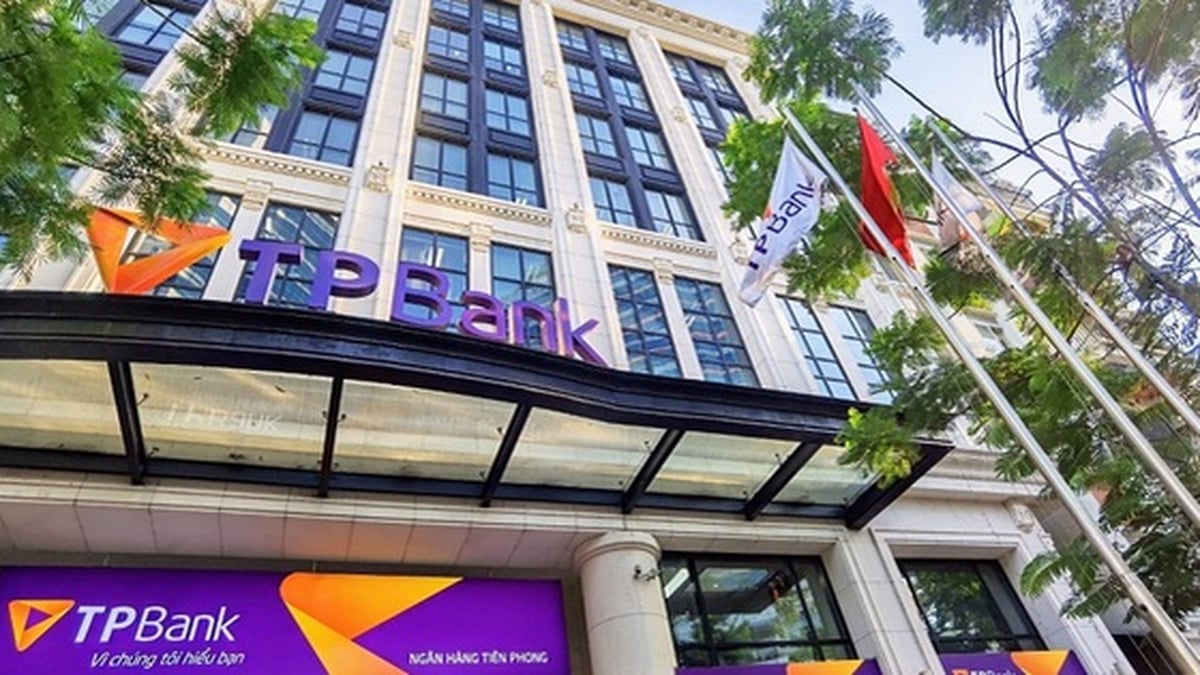
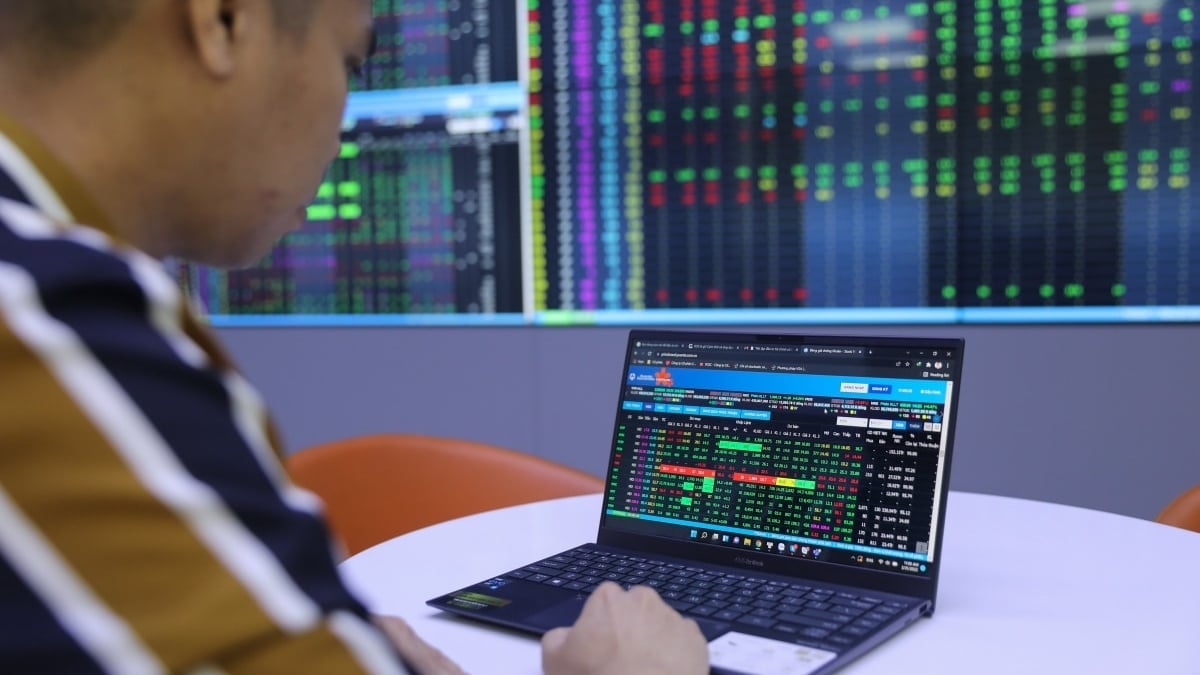

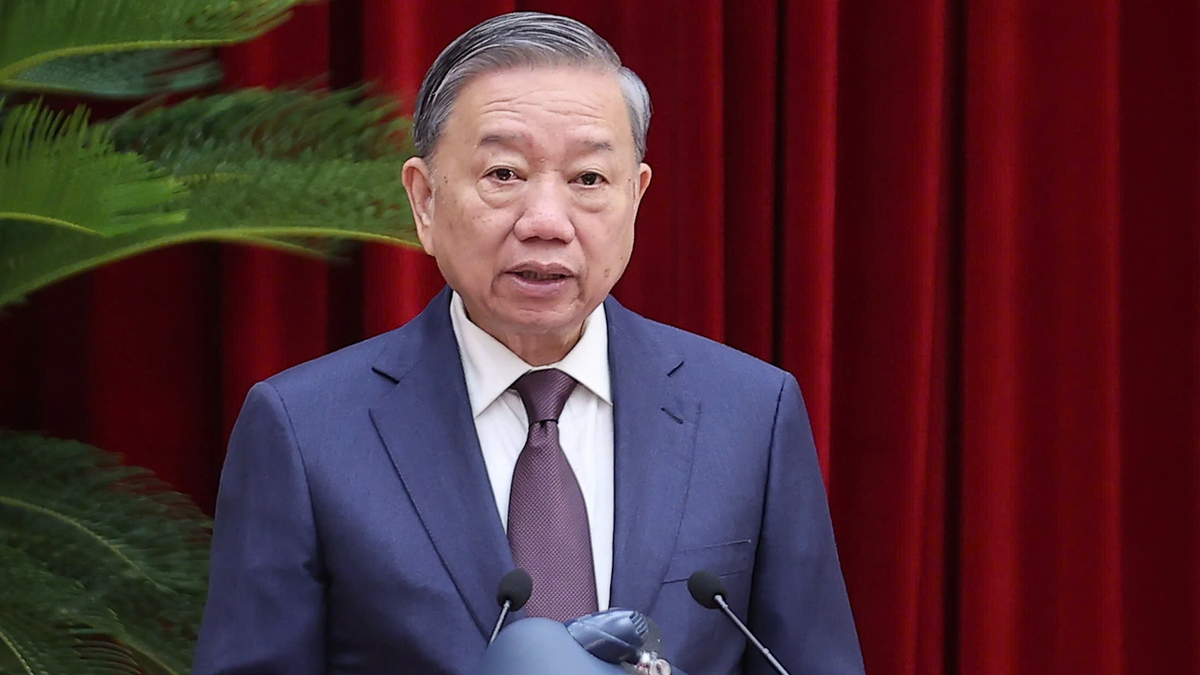


























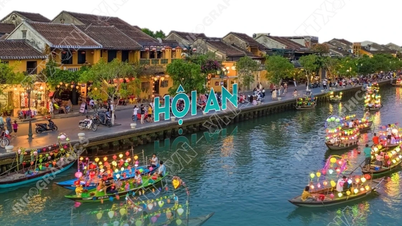

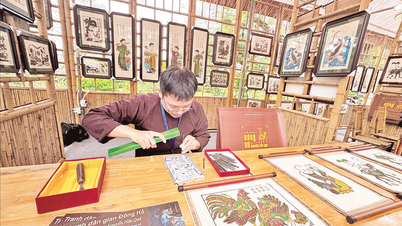













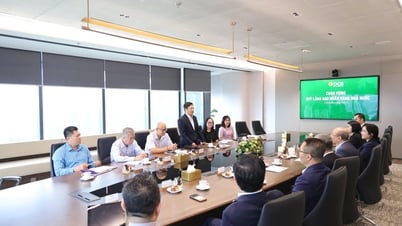





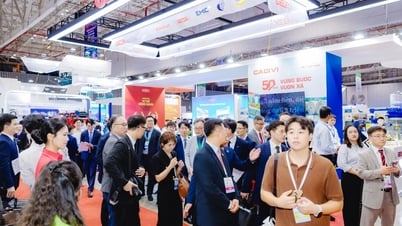
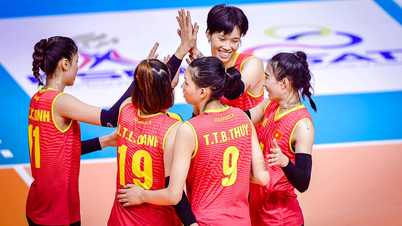



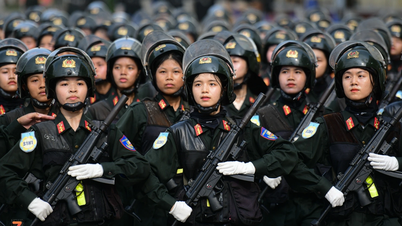





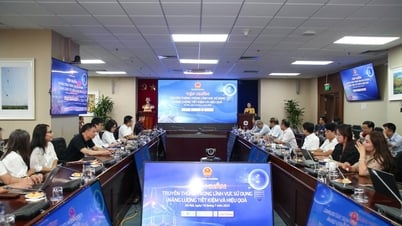

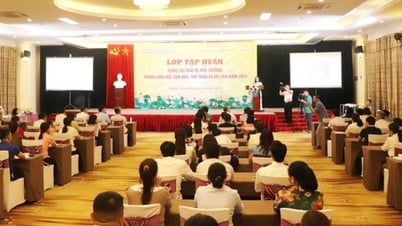


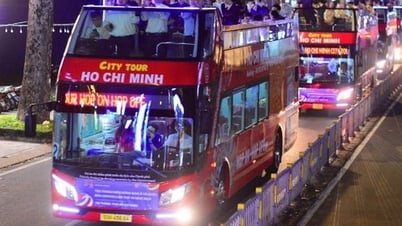

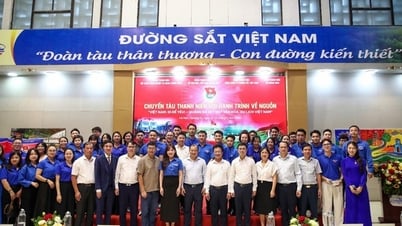







![[Infographic] In 2025, 47 products will achieve national OCOP](https://vphoto.vietnam.vn/thumb/402x226/vietnam/resource/IMAGE/2025/7/16/5d672398b0744db3ab920e05db8e5b7d)










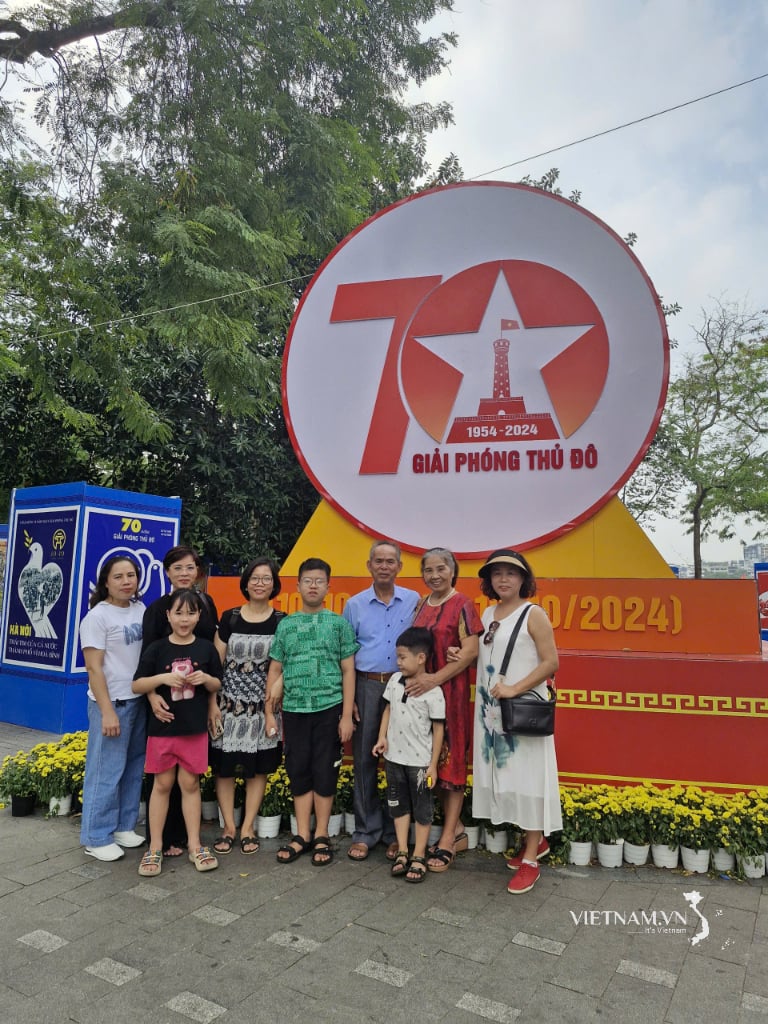



Comment (0)